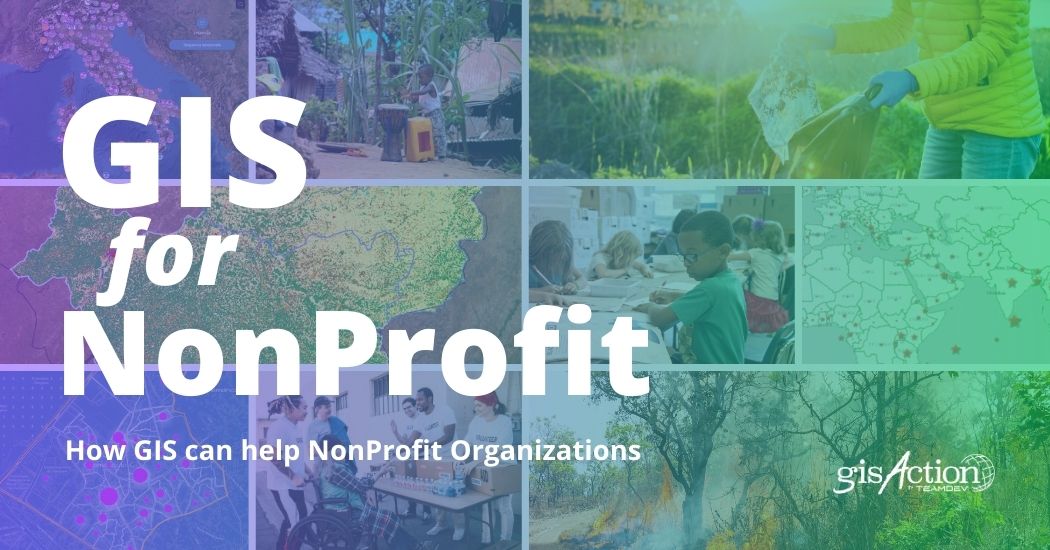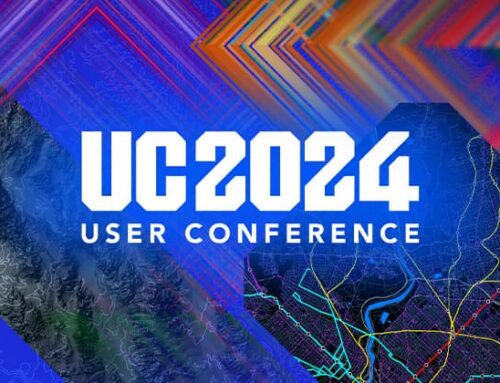How geospatial technologies and geographic culture can increase the impact of Nonprofit Organizations

In a world facing a multitude of challenges, nonprofit organizations play a vital role in addressing issues such as natural disasters, food insecurity, and social inequities. To effectively tackle these problems and make a positive impact on communities and ecosystems, nonprofits are increasingly turning to Geographic Information Systems (GIS) and a geographic approach. GIS is not just a tool for creating maps; it is a powerful technology that integrates diverse datasets based on geography, facilitating a better understanding of complex data and enabling informed actions. This article explores how nonprofits can leverage GIS to communicate their cause, comprehend their communities, and measure the impact they make.
The Power of GIS for Nonprofits
Understanding the Community
To effectively serve their target audience, nonprofits need accurate data and insights into the communities they aim to help. GIS empowers organizations to access and analyze authoritative data sources, collect their own data, and utilize spatial analysis to validate their strategies. With a geographic lens, decision-making shifts from reactive responses to intentional, impactful actions. By understanding the spatial patterns of needs and resources, nonprofits can efficiently allocate their resources and focus their efforts where they are needed most.
Acting on the Mission
For nonprofits, having a clear mission is essential, but it’s not enough. To turn their vision into reality, they need efficient management and performance insight tools. GIS offers a solution that supports market research, field operations, communications, and public engagement, enhancing the overall effectiveness of staff across the organization. By incorporating GIS into their operations, nonprofits can optimize their efforts, streamline processes, monitoring the activities and measuring impact.
Measuring the Impact
Nonprofits strive to make a difference, but how do they measure their impact? GIS enables organizations to develop indices and models that establish benchmarks and set milestones to aim for. By modeling alternative approaches, they can experiment with different strategies and make data-driven decisions. Monitoring the impact of their initiatives becomes more tangible, allowing for adjustments and improvements along the way.
The Esri Nonprofit Program: Empowering Nonprofits Worldwide
To facilitate the availability of GIS technology and resources, Esri launched the Nonprofit Program in 2010, open to organizations of all sizes worldwide. Currently boasting over 10,000 active members, the program provides nonprofits with access to Esri technologies, allowing them to advance their missions effectively. With Esri’s GIS tools, nonprofits can harness the power of location intelligence to tell compelling stories, inspire changemakers, and rally support around their cause.
Conclusion
Geographic Information Systems (GIS) have become invaluable tools for nonprofits seeking to make a positive impact on their communities and the world. Through GIS, nonprofits can understand their communities better, act strategically to achieve their mission, and measure the impact of their initiatives accurately. By adopting a geographic approach, nonprofits can harness the power of spatial thinking to turn data into actionable insights, thus empowering them to address critical challenges effectively.
As technology continues to evolve, GIS will play an increasingly important role in shaping the nonprofit sector’s efforts to build a better, more equitable world. With the Esri Nonprofit Program and other resources at their disposal, nonprofits have the means to harness the potential of GIS and drive meaningful change in the communities they serve.
Do you want to know some examples of nonprofit organizations that have improved their actions through GIS tools and gisAction services? Read these stories:





